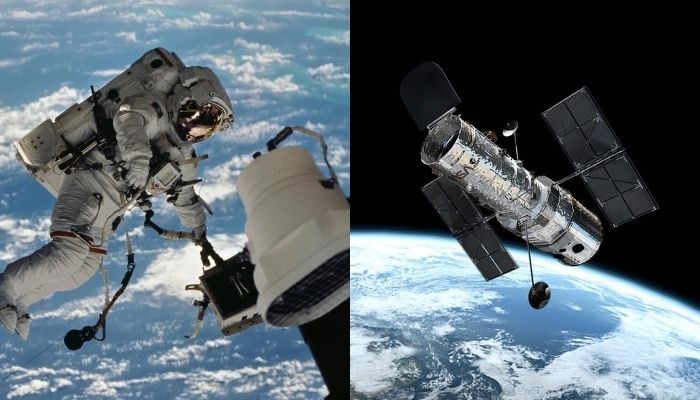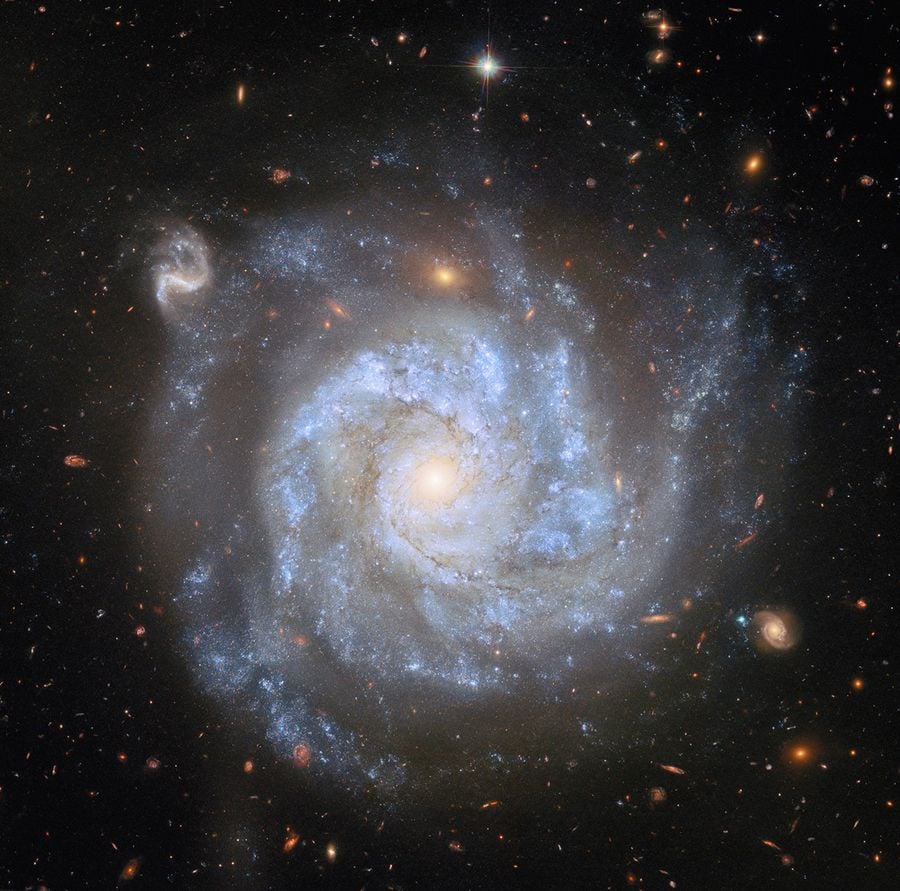NASA Hubble Space Telescope has clicked an attention to detail image of spiral galaxy NGC 1309. The European Space Agency (ESA) that collaborated project, achieved this milestone third time after 2006 and 2014 releases.
The space photo features dark brown gas clouds, hundreds of distant background galaxies, NGC 1309’s bluish stars and pearly-white cores.
The National Aeronautics and Space Administration, NASA, announced this major achievement on August 01, 2025: “Much of NGC 1309’s scientific interest derives from two supernovae, SN 2002fk in 2002 and SN 2012Z in 2012.”
“SN 2002fk was a perfect example of a Type Ia supernova, which happens when the stripped-down core of a dead star, a white dwarf, explodes,” US space agency continued.
NASA’s official statement concluded with: “SN 2012Z was a bit of a renegade, classified as a Type Iax supernova. Its spectrum resembled that of a Type Ia supernova, the explosion wasn’t as bright as expected.”
NGC 1309 is 76 million years away from the earth and is about 100 million light-years from Eridanus star pattern.
The extragalactic has a community minded star with diffraction spikes and near the top of the frame. The image shows a blob of light as each single galaxy is accompanied by a streak and smudge.
ESA/NASA Hubble has captured a lot of galaxies since it was sent into space in 1990 after traveling 320 miles above earth orbit around.
The Orbital Telescope has shifted its focus to the NGC 1309 multiple times and photographed it in its 35 years of career alongside others.

